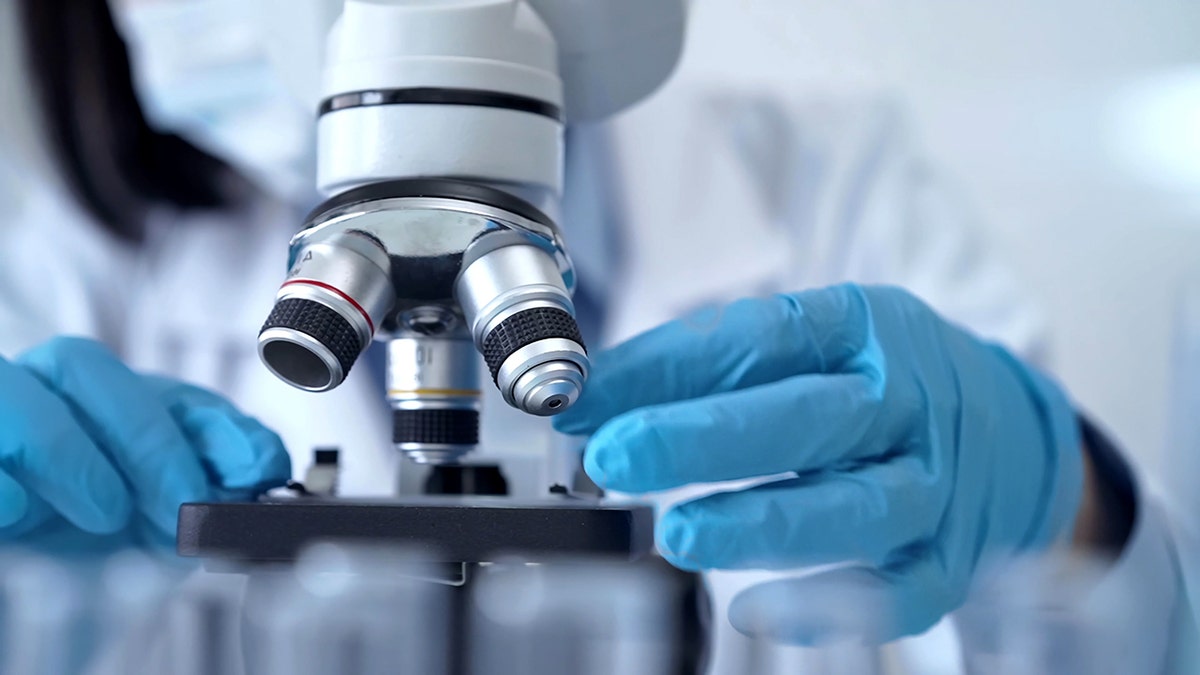Scientists Accidentally Discover How Ancient Blood Pressure Drug Could Fight Cancer

NEWYou can now listen to Fox News articles!
Scientists studying a blood pressure drug called hydralazine have accidentally discovered that it has the potential to fight cancer.
Hydralazine has been used to treat high blood pressure since the 1950s, but until now it’s unclear exactly how it works.
“This comes from an era of ‘pre-target’ drug discovery, where researchers first relied on what they saw in patients and only then tried to explain the biology behind it,” Kyosuke Shishikura, a physician-scientist at the University of Pennsylvania who participated in the study, said in a university news release.
ALZHEIMER PILL MAY REDUCE BRAIN DECLINE IN SOME HIGH-RISK PATIENTS, TRIAL SUGGESTES
Shishikura and a larger research team discovered that hydralazine directly targets a small but crucial enzyme called 2-aminoethanethiol dioxygenase (ADO).
This enzyme acts as a cellular oxygen sensor, helping cells survive when oxygen levels are low. This can help activate fast-growing tumors like glioblastoma, an aggressive form of brain cancer that is resistant to treatment and almost always comes back.

Hydralazine has been around since the 1950s and traditionally used to treat high blood pressure, but researchers didn’t understand exactly how it worked before. (iStock)
In fast-growing cancers like glioblastoma, tumor cells multiply so quickly that their blood supply can’t keep up. This means that parts of the tumor are not getting enough oxygen.
Typical cells die in low-oxygen environments, but tumor cells activate special survival systems that help them continue dividing even when oxygen is scarce. One of these systems involves the ADO enzyme, studies show.
NEW VITAMINS COMPOUND PROMISES TO REVERSE ALZHEIMER’S BRAIN DAMAGE
“ADO is like an alarm bell that rings the moment oxygen starts to drop,” said Megan Matthews, an assistant professor in Penn’s chemistry department and a researcher on the study, in the same press release.
The team used several advanced techniques, including X-ray crystallography, which analyzes the structure of molecules, to determine how hydralazine binds to ADO.

Hydralazine binds to the ADO enzyme and stops it from working. This shuts down the cell’s oxygen response system and, in the case of cancer cells, forces them to stop dividing. (iStock)
They found that hydralazine silences this alarm by binding to ADO and stopping it from working. This shuts down the cell’s oxygen response system and, in the case of cancer cells, forces them to stop dividing.
CLICK HERE TO DOWNLOAD THE FOX NEWS APP
To test this finding, the team treated human glioblastoma cells with hydralazine in the laboratory. After three days, they found that the cells had stopped multiplying and had become larger and flatter. The cells had entered a sort of permanent “sleep mode” called “senescence,” the researchers noted.
CLICK HERE TO SUBSCRIBE TO OUR HEALTH NEWSLETTER
Although the drug did not completely kill the cells, it took away their ability to grow and spread.
It’s a huge step forward in controlling cancers like glioblastoma, which are extremely difficult to treat and often come back even after surgery and chemotherapy, according to the Memorial Sloan Kettering Cancer Center.

While other cells die when deprived of oxygen, cancer cells continue to adapt and grow thanks to the ADO enzyme. (iStock)
With hydralazine already approved by the FDA, researchers hope it can be repurposed for cancer treatment much faster than a brand new drug.
TEST YOURSELF WITH OUR LATEST LIFESTYLE QUIZ
So far, experiments have only been done with cell cultures, not yet on animals or humans, the researchers noted. The next step will be to test whether ADO can be blocked safely and effectively in living systems.
CLICK HERE FOR MORE HEALTH STORIES
The press release emphasizes that this discovery is only a starting point for drug repurposing, not yet a clinical treatment.
As Matthews said: “Understanding how hydralazine works at the molecular level paves the way for safer and more selective treatments.”



